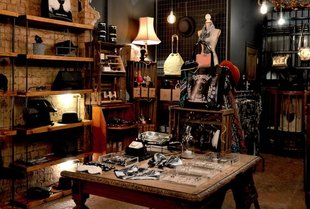Investing in Antiques: Expensive Hobby or Smart Investment?
Ever dreamed of making a killing in antique investments?
Well, it may not be as easy as it looks on Antiques Roadshow.
For instance, how do you know whether an antique is a good investment?
To begin with, they should be at least 100 years old to be called “antique.” Investment-worthy antiques also need to be rare and must hold aesthetic or historical significance.
So to help you decide if this investment class is for you, let’s see how you can start investing in antiques, some of the best-performing antiques, along with the pros and cons of these collectible investments.
We’ll also reveal how Vinovest can help you invest in one of the best alternative investments - fine wine.
Further reading
- Check out our Ultimate Guide to Wine Investment to see how you can build a winning portfolio.
- Discover if Contemporary Art Investment is a good idea in 2022.
How To Invest in Antiques
Investment in antiques usually involves three main stages:
Let’s look at each in more detail.
1. Sourcing The Antiques

The joy that comes from sourcing a rare, beautiful piece is undeniable!
But, sourcing these investment grade antique pieces can be a challenge.
You’ll need to consider these important aspects when buying antiques:
- Do thorough research: Search for rare antique pieces that are no longer in production. Look for any distinguishing marks or signatures on the piece that can help identify the maker. Research online to determine the year produced, market value, and other important facts about the piece.
Alternatively, you could chat with an expert or a dealer at your local antique shop, gallery or flea market.
- Beware of counterfeits: Look for original pieces and stay away from reproductions. These can look almost identical to originals but cost much less.
Pro tip: If you’re buying antique furniture, check the joinery and dovetailing. There may be cases where the original items had imperfections because they were handmade, whereas reproductions look unnaturally perfect.
- Scrutinize the condition: Before buying an item, inspect it for signs of irreparable damage.
For example, before buying an item like:
- Antique furniture: Inspect the structural integrity of the piece, besides the aesthetic aspects of its design.
- Jewellery: Examine the gems, links, and clasps of the antique jewellery.
- Ornaments or decorative art pieces: Check for cracks, deep scratches, and dents.
- Determine refurbishment or repair costs: Evaluate the cost of repair and refurbishment before buying an antique item.
Fixing an antique can be very costly.
Additionally, some antiques, like fine art pieces, may require a lot of restoration work. In most cases, restored items never return to their original state. This can severely limit how much you can sell the item for.
That brings us to the next important point:
2. Maintaining The Items
As an antique collector, how you maintain your pieces is critical.
Why?
Because the condition of a piece will dictate how much you can sell them for.
Here’s what you need to keep in mind:
- Maintain a detailed inventory list: Use an online inventory software, a written list or a mobile app to keep track of your antique collection.
This way, you can keep note of where your items are, when you should check on them and when to sell them.
- Ensure the right storage conditions: Avoid storing expensive antiques where they may be damaged by exposure to light, humidity, and pests. Opt for a professional storage facility which is climate-controlled and well secured. You can draw parallels to fine wine bottles, which need professional storage conditions to age beautifully!
- Clean items carefully: If your antiques require cleaning, it’s best to take them to a professional.
If you’re cleaning them yourself, consult an appraiser before doing so. They can advise you whether the items can be cleaned at home and what cleaning materials to use.
For example, some furniture items must be cleaned with soft bristle brushes, moisture-free compressed air, distilled water or isopropyl alcohol.
- Retain original packaging, receipts, and documents: Proving provenance is vital when selling antique and vintage items. Keep items in their original packaging, with receipts and documents, so you can sell them at the highest price possible.
Pro tip: Never tape the receipt to the item, as it can damage the antique piece.
3. Selling The Antique Piece

Next, you need to decide where to sell your investment-grade antique items. Here are the most common options:
- Thrift or antique stores: You could sell your antiques to a thrift or antique store, but keep in mind you may not get the best prices. This is because store owners usually offer as little as possible for them to make a good profit.
Also, not all thrift store managers are antique experts, so they’re likely to undervalue items.
- Auctions: Many investors prefer to sell their antiques through an online or real-life auction house event because they’ll earn more money for their items.
The process usually involves valuing the item, submitting it to the auction house and setting a reserve price (the minimum price for which your item can sell.) The auction house will then catalog your piece to be included in a live or online auction.
During the event, prospective buyers (bidders) will bid on an item. The piece will be sold to the bidder that submits the highest bid within the auction time limit.
- Antique dealers: Antique dealers are usually experts in a particular antique market. For example, your local dealer may be an expert in rare coins.
Do your research on the best antique dealer for the specific item and location.
Pro tip: Before choosing an antique dealer, find out about any hidden costs and fees you may have to pay them.
- Online marketplaces: There aremany easy-to-use online market platforms, including Wix and Shopify. The great thing about selling your antique item through an online marketplace is that you can reach an international audience.
The Most Popular Antiques to Invest in
The type of antique investment you choose will depend on your storage facility, your budget, and other factors.
Some great investment items in 2022 and 2023 include:
- Clocks

- Coins
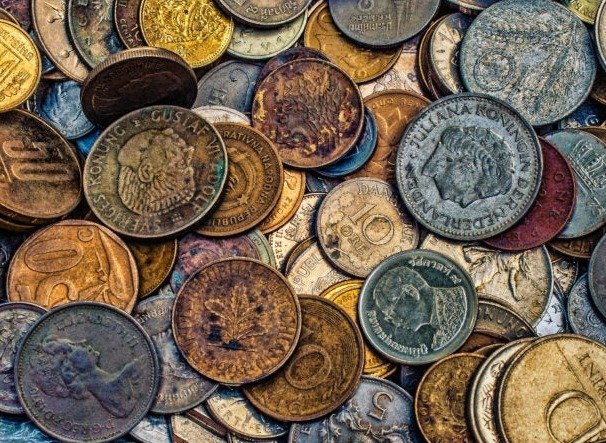
- Cameras
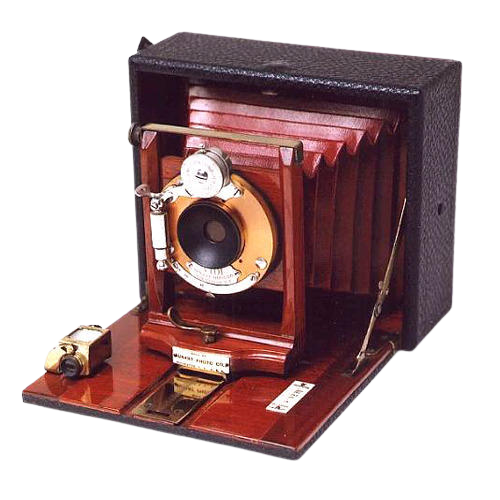
- Classic car models
- Stamp collections
- Antique jewellery and watches
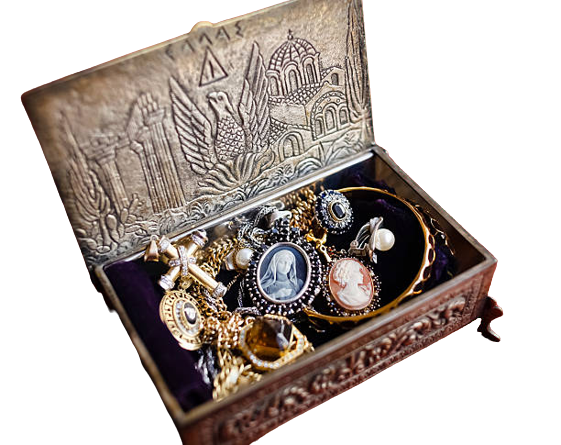
- Porcelain and ornaments
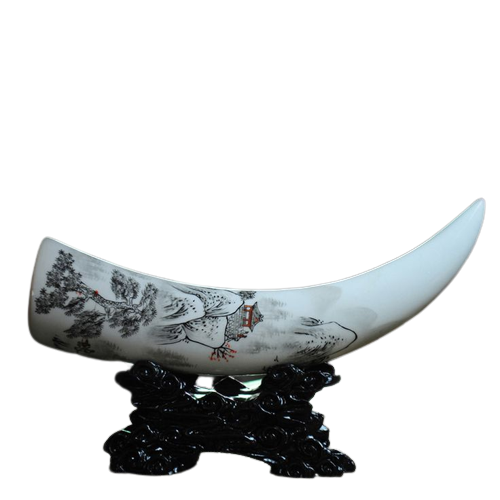
- Fine china and serving ware
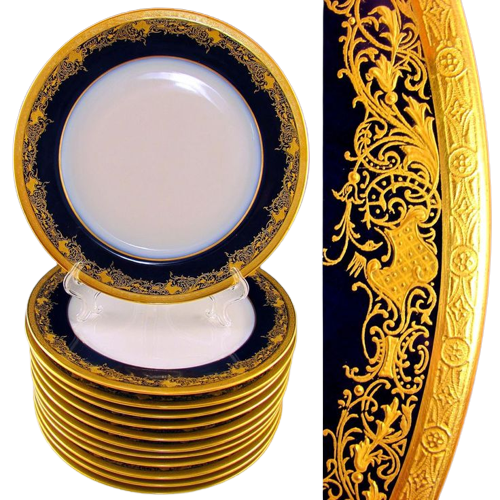
- Vintage furniture
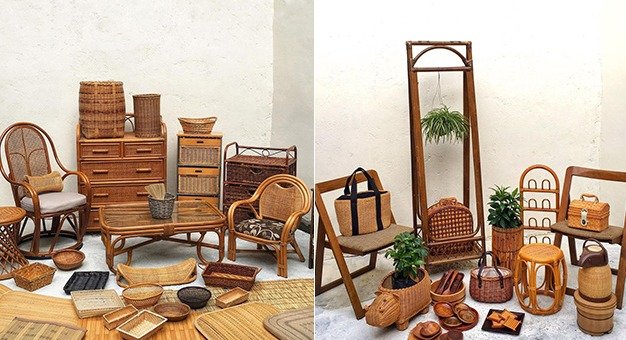
- Original fine art pieces

- Antique musical instruments
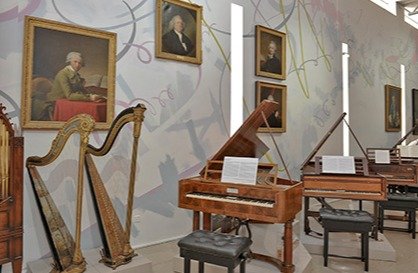
Art deco pieces and vintage furniture, like Bauhaus modern furniture originating in the early 1900s, are also popular collectible investments. However, they aren’t yet 100 years old. These items will become antiques very soon, so the right pieces may offer great returns in the future.
First editions of industry-revolutionizing vintage items are also popular collectables.
For example, the first Apple computer originally sold for $666.66 in 1976. In the last two years, fully functioning Apple 1 computers fetched between $450,000-$500,000.
But that’s not all, in 2016, a prototype of the iconic computer sold for an impressive $800,000.
While these collectibles don’t fall into the antique category (because they aren’t 100 years old), they can still yield very high returns.
What are the Returns on Investment in Antiques?
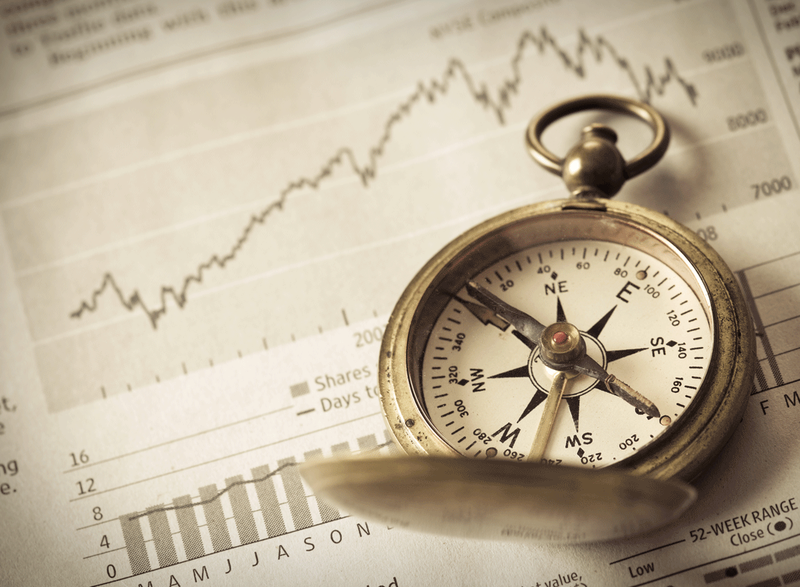
Antique investing can offer good returns if you know which items to choose. Here are a few impressive auction results:
- In a Christies’ auction in 2018, a collector purchased a Saxon hardstone and precious metal bonbonniere (small ornamental box) for more than $397,000.
- In August 2022, a set of Jadeite and diamond jewellery consisting of a ring and pair of earrings sold for $16,000 in an online auction.
- A Van Cleef & Arpels necklace was purchased from a consignment store in Palm Beach for $25. The Van Cleef necklace sold for an astonishing $110,000 in a Sotheby’s auction in 2017.
Now:
While antiques can be a great investment, the antique collectibles market isn’t completely risk-free.
So, let’s look at the pros and cons before you decide whether you want to become an antique collector.
Should You Invest in Antiques in 2022? (Pros and Cons)

If you’ve been watching Antiques Roadshow and envisioned making a fortune on this asset class, the bottom line is - it’s not as simple as it seems.
Like the stock market and most other investment classes, investing in antiques has several advantages and disadvantages.
1. Pros
Here are a few reasons why antiques could be a good investment:
- They’re passion investments: Many antique investors invest in things that have an intrinsic value for them. You can even show off your collector pieces to your friends and family.
- Helps to diversify your portfolio:Like any other alternative investment, antiques are a good way of diversifying your portfolio. But it should be part of a balanced and well-thought-out investment strategy, which includes other high-return investments like fine wine.
- Reap a possibly high ROI: Some antique collectable items can provide great returns in the long run. You just have to give your investment time to appreciate and keep it in pristine condition.
2. Cons
These are a few of the downsides of investing in antique collectibles:
- It’s a long-term investment: Antiques can take years and even decades to increase in market value. During that time, they don’t provide any form of income like other traditional investments do (think: dividends paid on mutual funds, stocks, or rental income from real estate investments.)
- Profit is dependent on demand: The value of antiques is heavily dependent on demand, which changes constantly. So an antique that may be in high demand today may not be as “fashionable” in 10 years. As demand declines, so will its intrinsic value.
For example, paintings of Victorian furniture were sold for around $1600 thirty years ago in the antique market. But now they’re worth around $100 because they aren’t that popular anymore.
While the demand for antiques can sharply rise and fall over time, there’s another asset class that historically has remained in high-demand - fine wine.
In contrast to antique investing, low market volatility makes fine wine a more reliable investment.
Let’s have a closer look at this excellent alternative investment.
Fine Wine: An Exceptional Alternative Asset to Invest In

Fine wine offers a unique opportunity for portfolio diversification. Its value isn’t closely linked to stocks or equity markets.
For instance, during the Covid-19 recession, both the Dow Jones and S&P 500 plunged -22.7% and -19.6%.
But here’s the kicker - fine wine fell only -1.4%.
This is not the case with traditional investments like stocks, bonds, or retirement savings account classes (401k and IRAs.)
And that’s not all, fine wine also offers great returns. In the 6 months to June 2022, fine wine returns reached 11%. Even more impressive, fine wine offered 2-year returns of 36.8% and 5-year returns of 50.3%, according to Liv-Ex.
But:
How Do You Invest in the Finest Wine Bottles?

Like antiques, the most investment-worthy wines are rare. Getting your hands on the most coveted bottles may be challenging - you probably won’t find them at your local wine store.
Fortunately, there’s a simple and reliable way to invest in the best fine wines from around the globe - through Vinovest.
Vinovest is a market-leading wine investment company that makes it simple to add those divine and potentially lucrative bottles to your portfolio.
What’s more, with Vinovest, you don't have to be a wine expert!
Leave the sourcing, authentication, storage, and insurance of your fine wine to us. Simply sign up, fund your account and start building a winning portfolio.
Investing in Antiques: Passion Project But Risky Investment
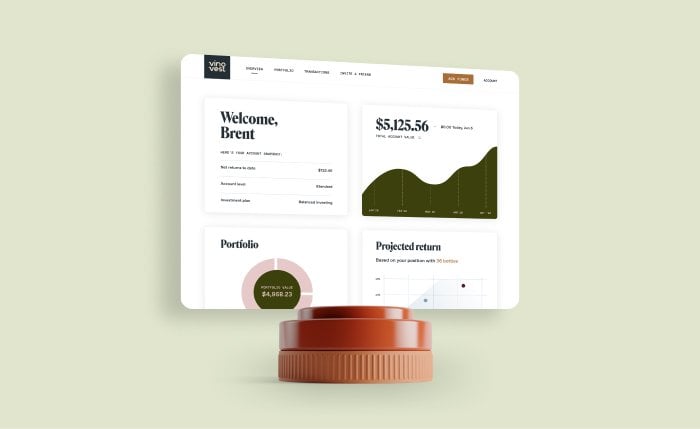
Antiques such as books, jewellery, and furniture offer great personal satisfaction to collectors. However, as an investment, they’re risky.
Most assets offer little to no guarantee of a return, and those that do, require an expert eye and long-term commitment. Plus, you’ll need to keep your valuable antiques in pristine condition.
If you’d prefer a more sound, higher return investment, why not consider fine wine?
All you have to do is sign up to Vinovest, and you’ll have access to the best bottles in the world. You’ll also have the expertise of master sommeliers right at your fingertips.
